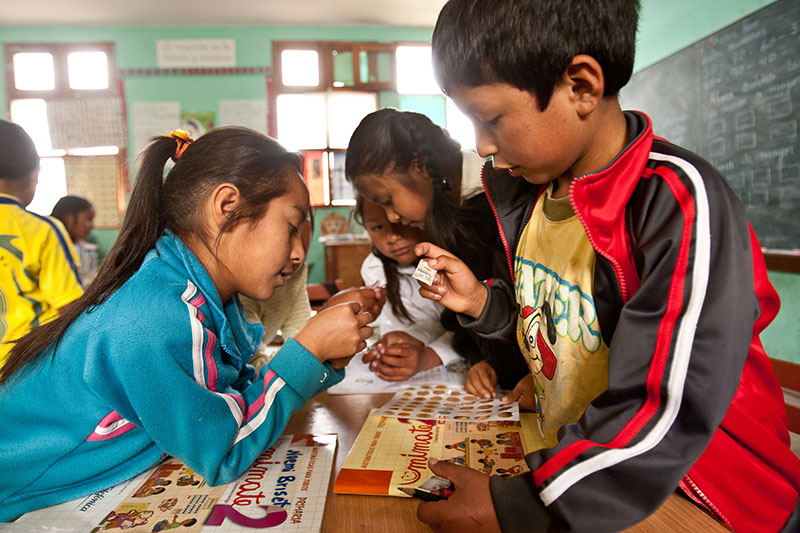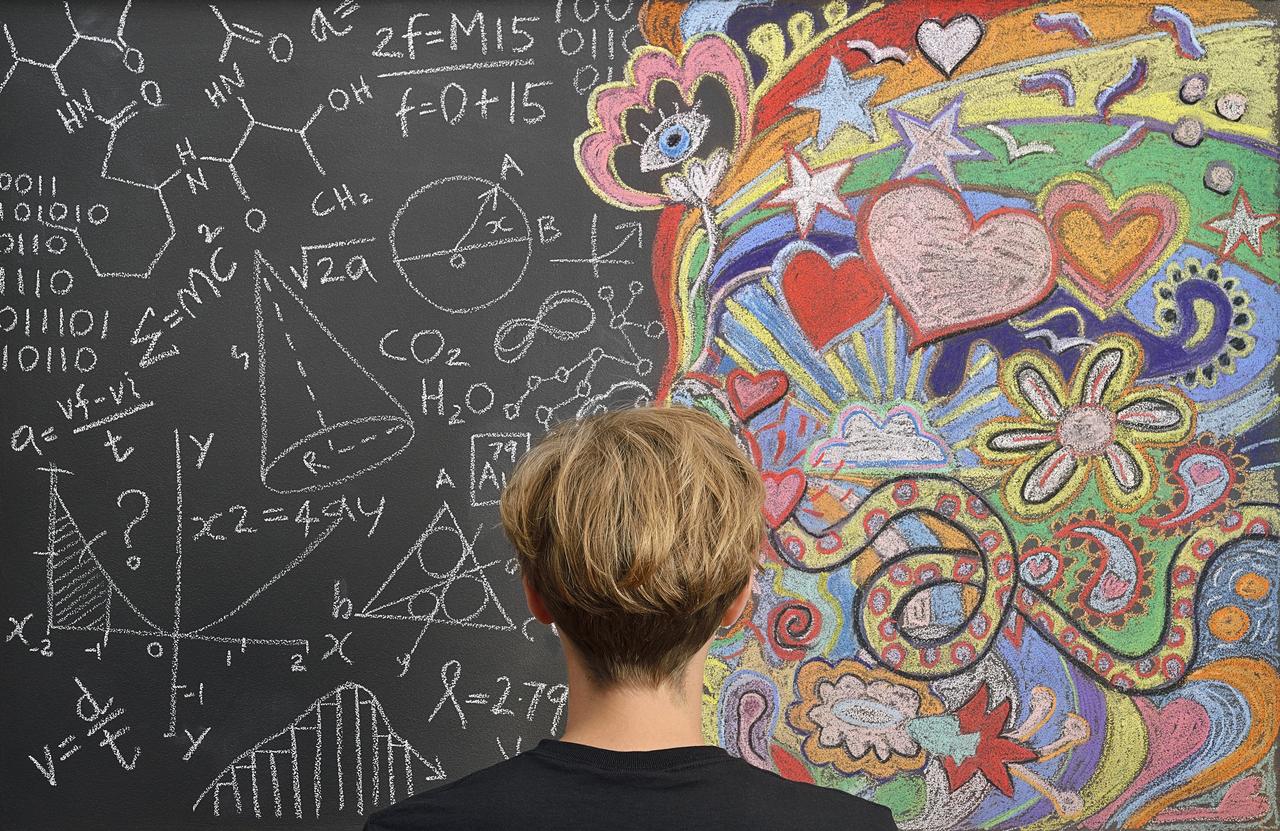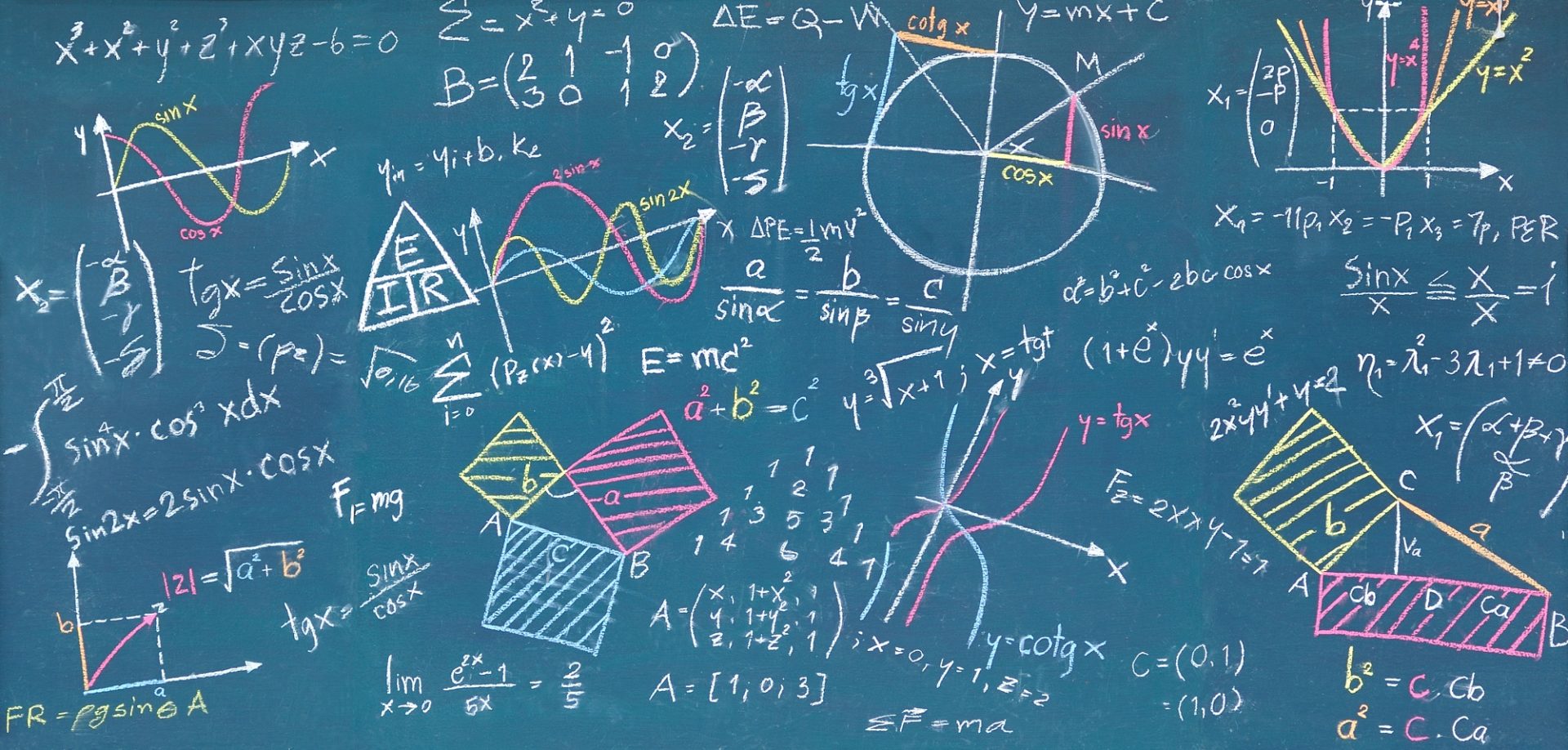This Observatory has reported on many occasions that mathematics is one of the areas of knowledge that presents the greatest difficulty in student learning, either due to the pedagogical approach or because of the teaching skills associated with activating mathematical reasoning. Specifically in Latin America, in 2012, Peru recorded the lowest average percentage in the PISA test (Programme for International Student Assessment) in the subject: 75% of its 15-year-old students performed poorly in the Mathematics test: thus alerting us to the need to strengthen public and private actions to strengthen the teaching of this subject.
This diagnosis confirmed what the Instituto Apoyo, a civil society organisation specialising in the development of educational programmes, had already identified as a problem in the Peruvian education system in 2001. In the same year, they initiated a pedagogical innovation project in Mathematics, designing a new form of effective solution to the problem of learning in the classroom. The initiative, which took the name of Mathematics for All (Mimate), has focused on the development of teaching-learning processes to develop better understanding, performance and enjoyment of mathematics.
“Realistic” mathematics
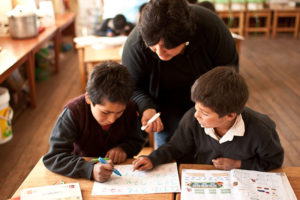
Foto: Instituto Apoyo.
Mimate is based on the Realistic Mathematics Education (RME) approach, which uses situations from everyday life or problems from the students’ local context as a starting point to foster their interest and motivation for the subject. How does this translate into practice? In early education, actions concentrate on performing ordinality and reasoning activities that deal with the succession or place of an entity or thing in an ordered succession and that enable the development of skills in the numerical and spatial domain. At secondary level, mathematical problems are linked to scientific or economic fields, and help students to understand the meaning and relevance of such knowledge, thus recognising the practical importance of learning mathematics.
The innovative character of these actions derives from the divergence from the traditional teaching-learning process, based on the memorisation of content, towards a view that sees mathematics as an everyday human activity that helps to develop the skills needed to solve students’ everyday problems.
El carácter innovador de MIMATE se deriva del distanciamiento que realizan del proceso de enseñanza-aprendizaje tradicional, basado en la memorización de contenidos, hacia una mirada que releva las matemáticas como una actividad humana cotidiana y que ayuda a desarrollar habilidades necesarias para resolver los problemas del día a día de los estudiantes.
Teachers as articulators of local need
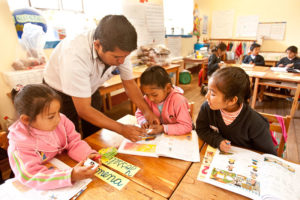
Foto: Instituto Apoyo.
According to statistics from the Instituto Apoyo, by 2022 the programme had reached more than 10,000 schools, 62,000 teachers and more than 2 million students, and it has a presence in Peru, Mexico, Ecuador, Bolivia and Paraguay. All of them recognise that the teaching and management teams are key to the success of the project, “the driving force behind the initiative”, according to its director of innovation and development, Carola Huachaca. Their commitment to the initiative and motivation are such that, in the case of isolated rural provinces, there are records of professionals going directly to the students’ homes to ensure they attend school, as their families tend to prefer them to help them with agricultural and/or livestock work. This type of action is a tangible sign of the bond that teachers develop with Mathematics for All, since by appropriating the methodology they begin to mobilise various resources and strategies so that their students can activate their enjoyment of mathematics and their interest in going to school. How does this bonding occur? What drives teachers to make this level of commitment?
Carola Huachaca mentions that the teachers involved are “fascinated” by the programme’s case studies and the connection they make with mathematics. For example, Mimate encourages students to carry out exercises based on calculations using everyday units of measurement (litres, kilograms, etc.), which allows them to develop without the need for the traditional abstraction process. In the case of secondary school students, the classes address the General Sales Tax (IGV) and how it affects the payment of their daily consumption, thus connecting the percentages to the local facts on the ground. As Huachaca explains, “to teach a mathematics class, you have to see what the class is like. If the class is unmotivated or stressed, no matter how hard you try, Mathematics is not going to have an impact”; and it is precisely this practical knowledge that only teachers can have.
The level of interest shown by the teachers participating in the initiative has meant that, once they have the theoretical and practical tools promoted by the EMR approach, they generate their own teaching strategies, thus strengthening the principle of reinvention: “They learn strategies and they reinvent them,” says the school principal. “We taught them how to make dominoes with simple mathematical calculations, and they generated puzzles; knowing the strategy, they can turn it into a game.
Teachers are not only the articulators of Mimate, they have also become strategic actors that enable the continuity and massive expansion of the project over time. Thanks to the participation of the education community, the programme has generated a strong local approach that has made it possible to adapt it to the needs of rural populations with a high level of social vulnerability.
Teachers are not only the articulators of Mímate, they have also become strategic actors that allow for the continuity and massive expansion of the project over time.
Consolidation of ‘Mathematics for All’

Picture: Instituto Apoyo.
After its first 10 years of operation, with more than 60 schools involved, the Instituto Apoyo presented the Ministry of Education with the positive results of the intervention on the learning of children and young people in comparison with educational centres that were not part of the initiative.
The Peruvian Ministry of Education decided to launch a pilot scheme of the Mimate model in the regions of Huancavelica, Ayacucho and Angares, some of the poorest in the country and where PISA scores were the lowest. The results of this pilot were evaluated by the J-Pal research centre, in a study involving 2,926 pre-school children in 107 schools in these departments.
The evaluation found that the programme improved overall Mathematics scores for all students, with no differential effects of gender, socio-economic status or mother tongue. The evaluation also showed that Mimate teachers were better prepared with their lessons and had more patience to explain the activities to students who did not understand them. On average, students in the Mimate programme improved their mathematics performance by six percentage points more than the control group after one school year. This overall positive effect was dispersed across numerous test items: comparing quantities, recognising shapes, counting, selecting numbers and naming them, as well as in additive composition, addition and subtraction problems, and geometric shapes. Pupils with the least knowledge made the greatest gains. The results also showed that students whose teachers had a university degree (in Peru it is possible to enter the teaching profession from university or from a training college) improved more. The researchers suggest that the better-qualified teachers taught the programme more effectively. They had more time to cover the materials and had a more positive view of mathematics teaching.
The evaluation found that the programme improved overall Mathematics scores for all students, with no differential effects of gender, socio-economic status or mother tongue.
With this important public advocacy action and the results of the pilot programme, in 2014 the state succeeded in including the MRE approach in its curriculum and in the ministry-approved schoolbooks as part of the national mathematics teaching strategy.
The Instituto Apoyo has continued its work to expand the model to more schools inside and outside the country, developing strategic alliances with public and private actors, leveraging new resources to provide financial sustainability and growth to the working model. The Institute is currently updating its textbooks, systematising the experiences and innovations that have emerged from the communities and groups of teachers and adapting the range it offers to the present and future needs of the Peruvian education system.
The resources and experience that have been generated in Peru over the last 20 years, thanks to the work carried out by Mathematics for All, allow us to show other countries in the region a concrete example of innovation in the field of mathematics education. The effort of the Instituto Apoyo in the application and massive roll-out of EMR is a good practice that would help to address in part one of the most urgent challenges in Latin America, which is the development and strengthening of mathematical skills in the region.
References
Näslund-Hadley, E. (2015, 1 July). Pre-mathematical skills that add up. Blog Enfoque Educación (BID). https://blogs.iadb.org/educacion/es/habilidades-pre-matematicas-que-suman/



